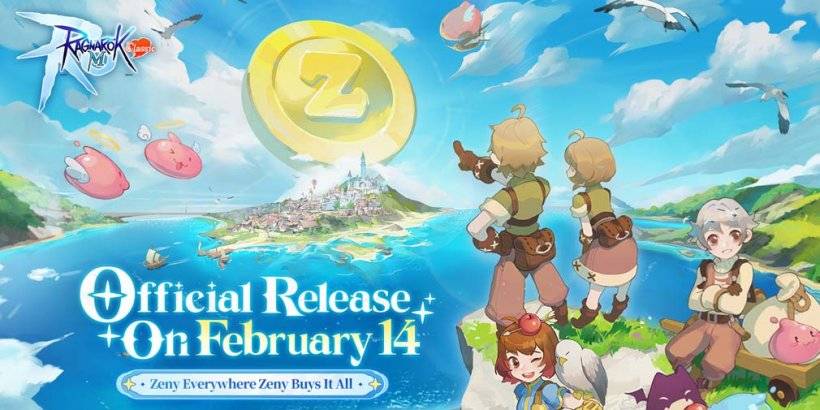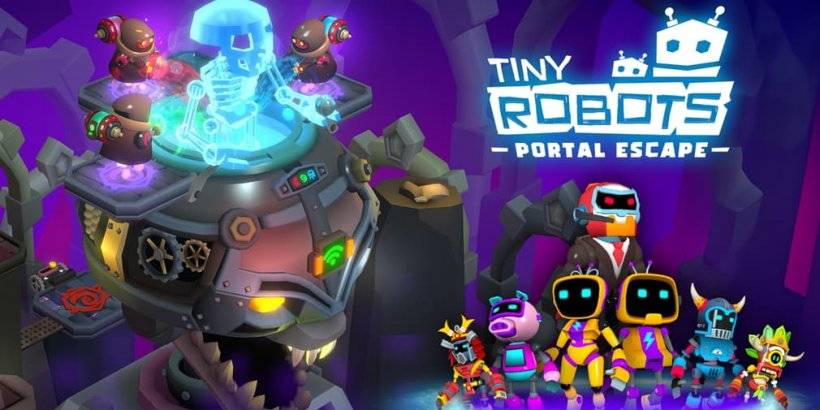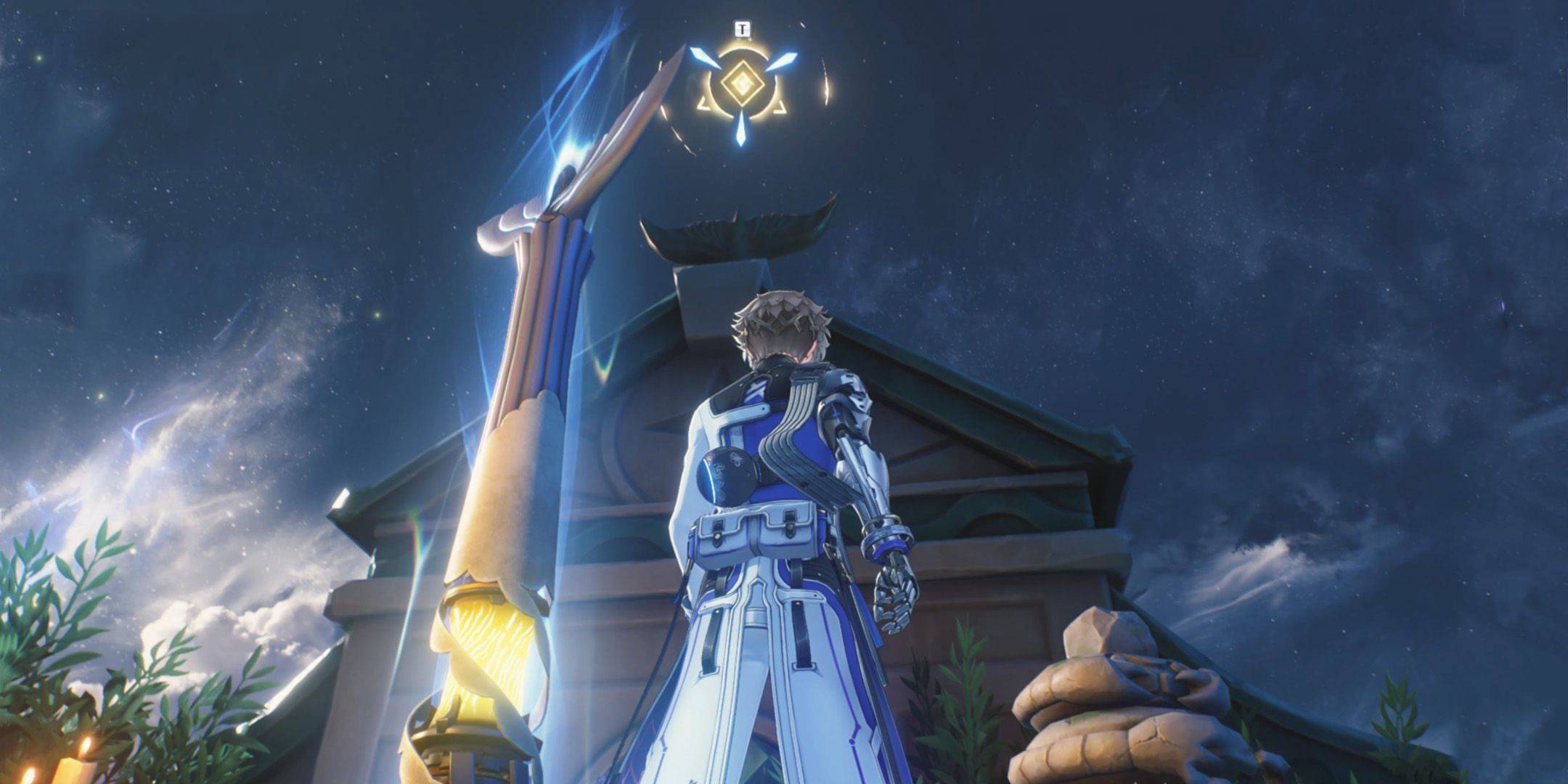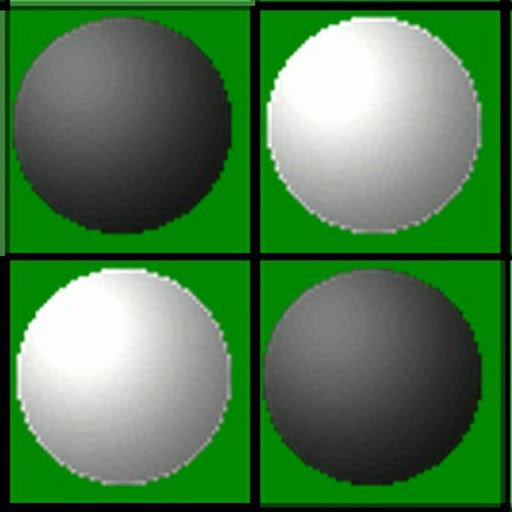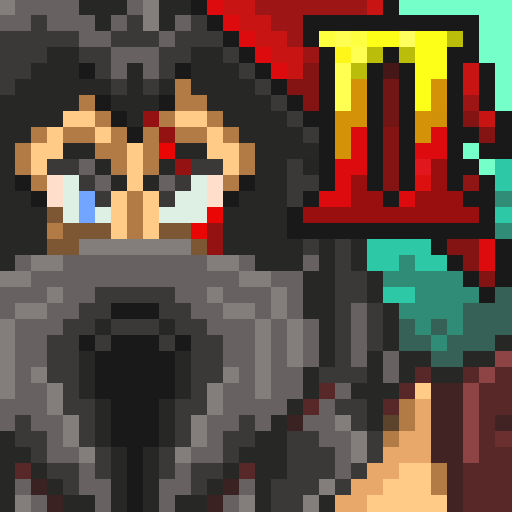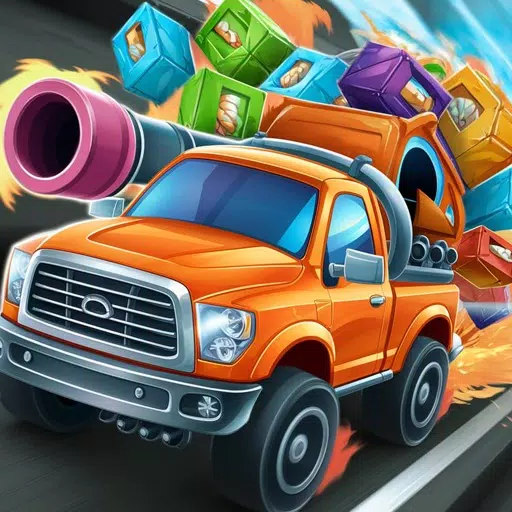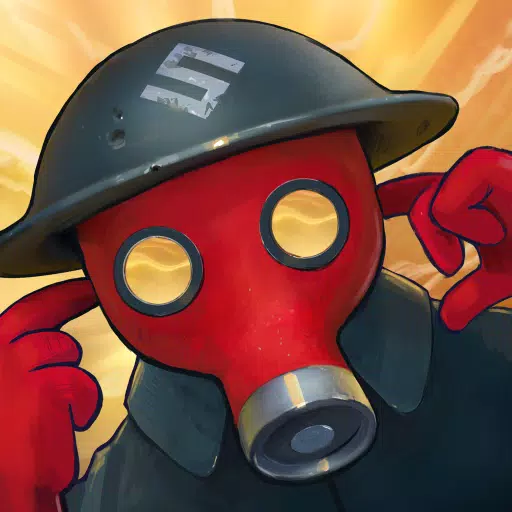Exploring the Fiery Depths of Monster Hunter Wilds' Oilwell Basin: A Deep Dive into Design
Monster Hunter Wilds introduces the Oilwell Basin, a dynamic locale drastically different from its predecessors, the Windward Plains and Scarlet Forest. This new environment, brimming with geothermal energy, boasts a unique ecosystem shaped by its fiery landscape and the creatures that thrive within it. This article delves into the creative process behind the Oilwell Basin's design, focusing on its key monsters: Rompopolo, Ajarakan, and the apex predator, Nu Udra.
The Oilwell Basin's design, as explained by Director Yuya Tokuda and Executive Director/Art Director Kaname Fujioka, emphasizes verticality. Unlike the horizontally expansive previous locales, the Basin is structured in distinct strata, each with varying environmental conditions. The top layer receives sunlight and accumulates oilsilt, while the lower levels become increasingly hotter, culminating in lava flows. This verticality influences the creature design, with lower-level inhabitants resembling deep-sea or hydrothermal vent lifeforms, echoing the design philosophy of the Coral Highlands in Monster Hunter: World. The Basin's ecosystem, unlike the sun-and-vegetation-based ecosystems of previous areas, revolves around geothermal energy.
Rompopolo, a toxic, globular monster, was conceived as a chaotic, trickster-like creature inspired by the image of a mad scientist. Its design incorporates a chemical purple hue and glowing red eyes, contrasting with the surprisingly cute design of its Palico equipment.
Ajarakan, a flaming gorilla-like monster, was designed as a straightforward, powerful opponent. Its design deliberately contrasts with the lower-to-the-ground posture of many fanged beasts, creating a more imposing silhouette. Its attacks, incorporating flames and powerful grappling moves, emphasize its raw strength.
The apex predator, Nu Udra, a flame-covered octopus-like creature, represents a long-held ambition of both Tokuda and Fujioka. Its design draws inspiration from octopuses, but with a striking, almost demonic silhouette. Its movements, particularly its ability to squeeze into tight spaces and wrap around structures, presented significant technical challenges but were ultimately realized through advancements in game technology. Nu Udra's attacks utilize its many tentacles, with light-emitting sensory organs indicating its targets, making it a challenging opponent, especially in multiplayer hunts. All of its ground-touching tentacles are severable, adding another layer of strategic depth to the hunt. The unique tempo of its attacks, combining focused strikes and area-of-effect attacks, makes it a truly formidable foe.
The Oilwell Basin also sees the return of Gravios, a rock-like monster emitting hot gas, perfectly suited to the environment. Its inclusion was carefully considered, ensuring it provided a fresh challenge without overlapping with other monsters. Gravios's signature hardness remains a key element, demanding strategic exploitation of the wound and part-breaking systems.
The inclusion of these monsters, along with others not detailed here, showcases the Monster Hunter team's dedication to creating memorable and challenging encounters, leveraging both established concepts and innovative new technologies. The Oilwell Basin stands as a testament to their commitment to environmental storytelling and the evolution of monster design in the Monster Hunter franchise.

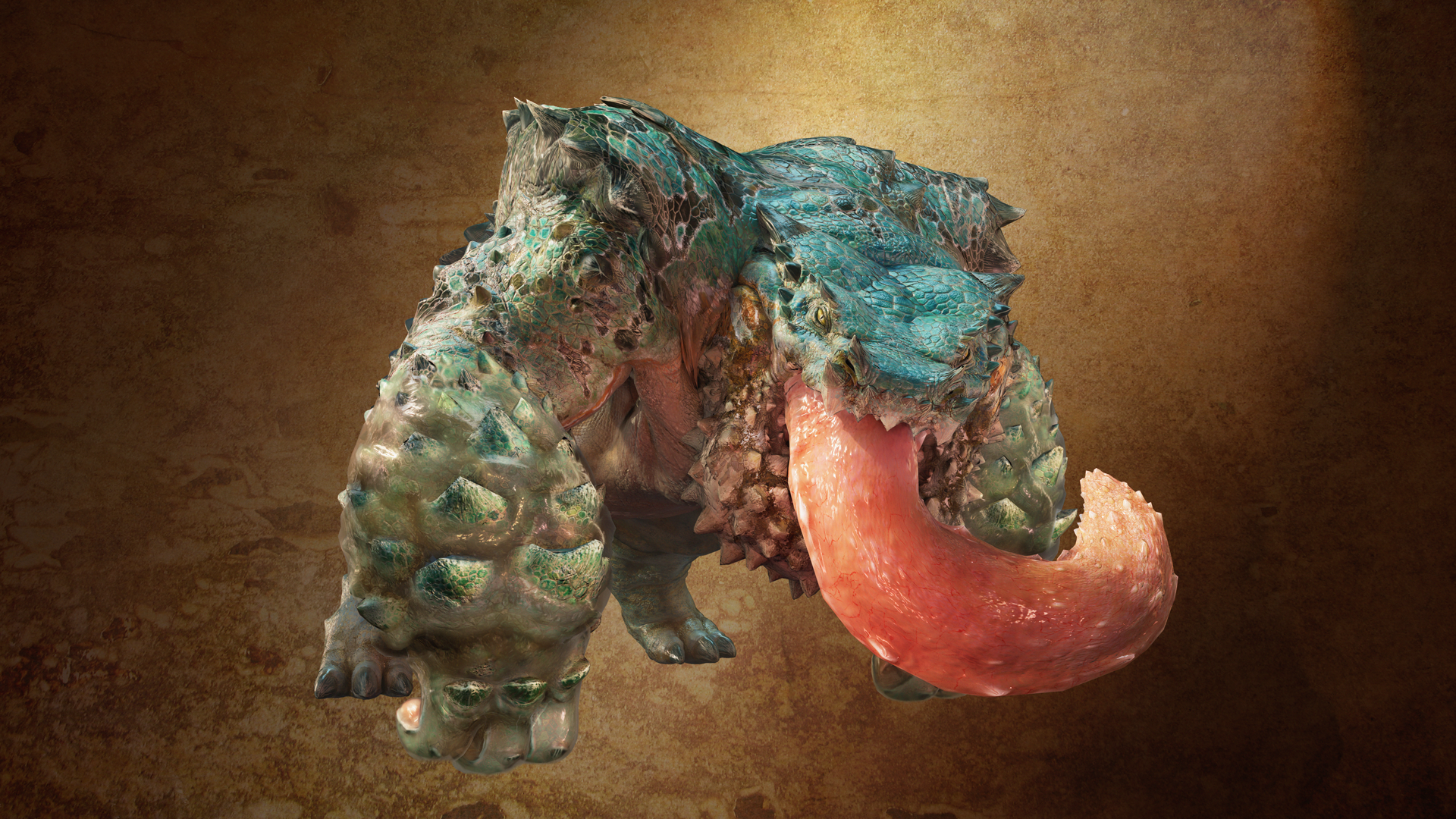
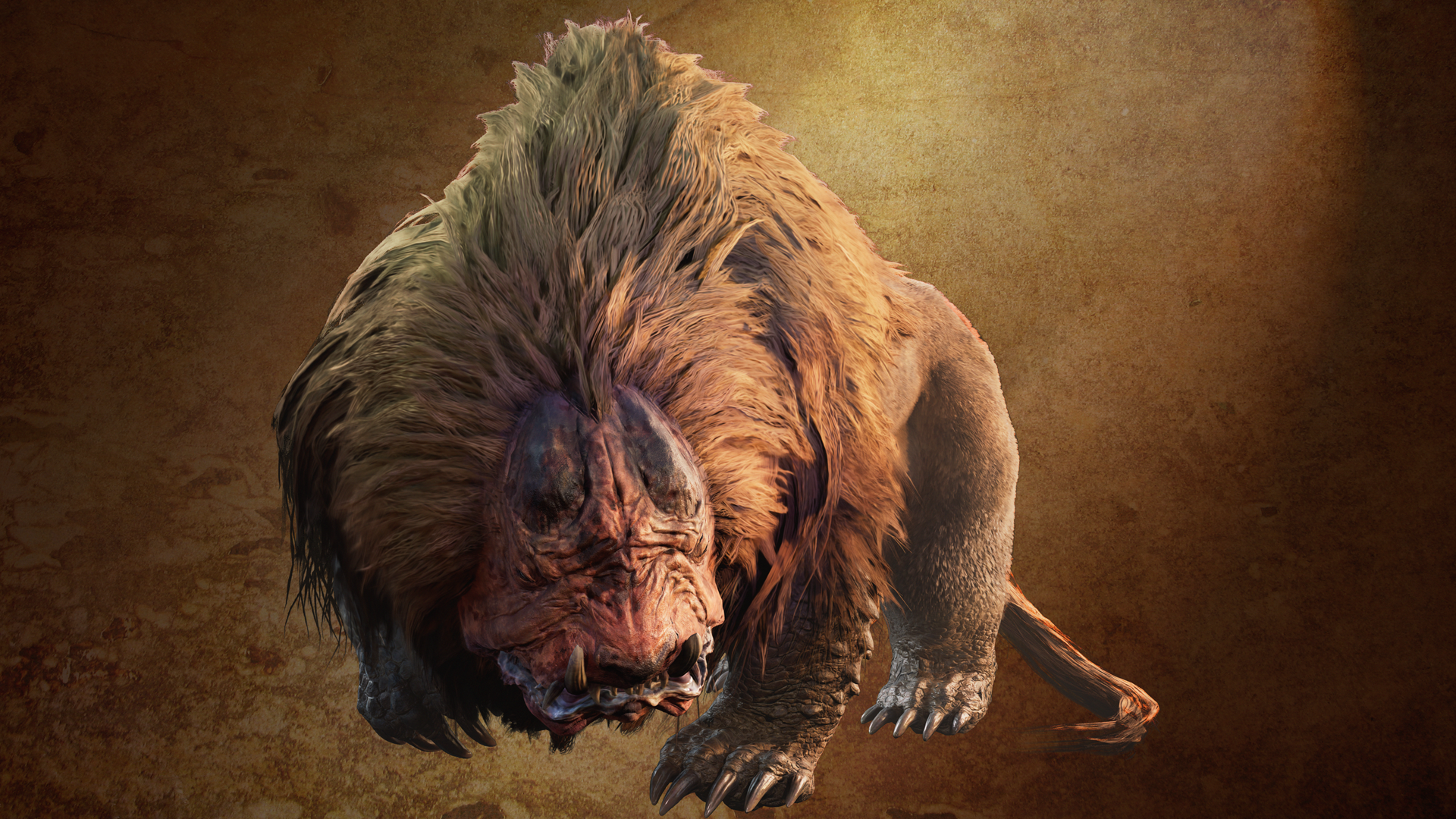
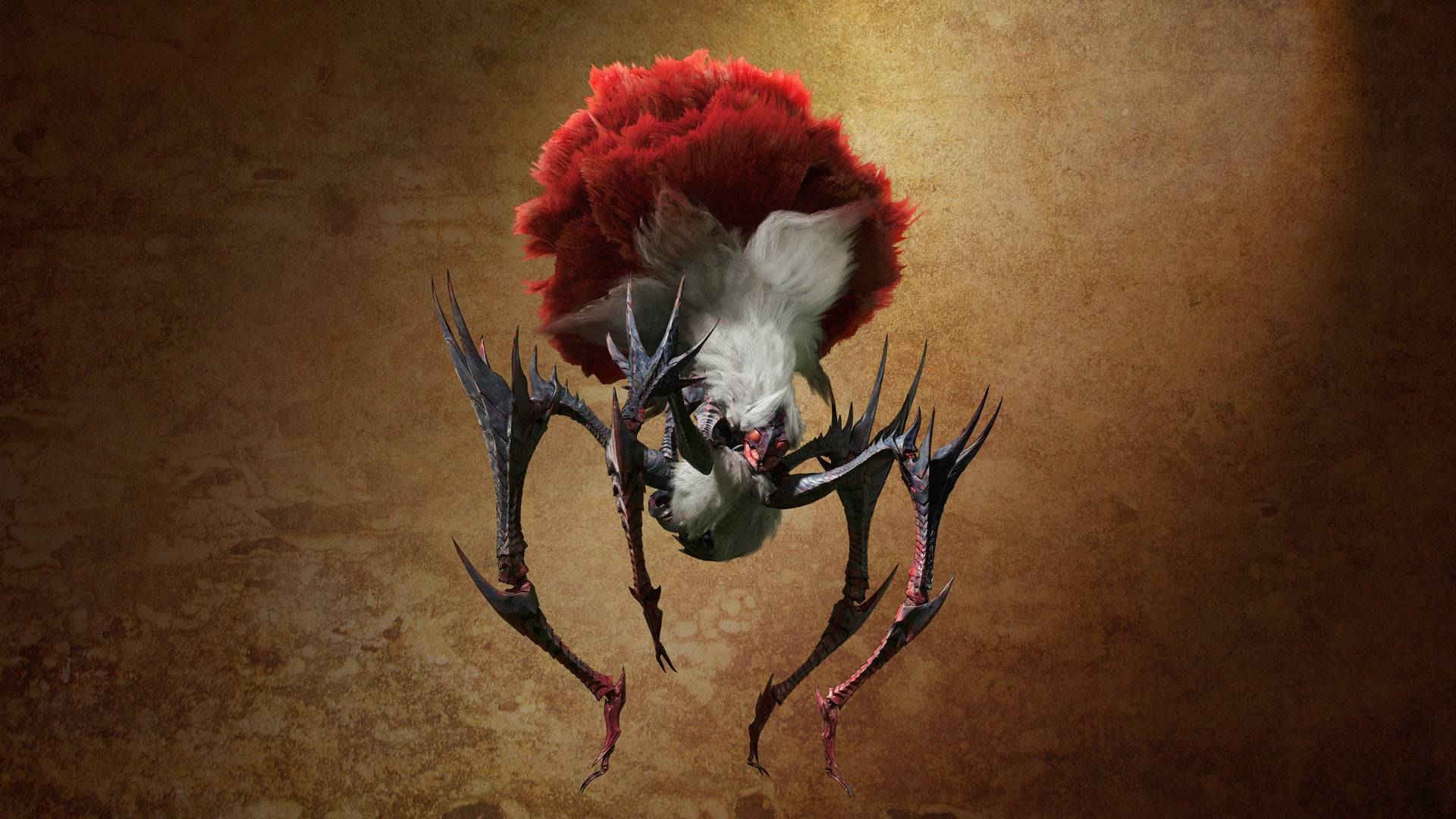
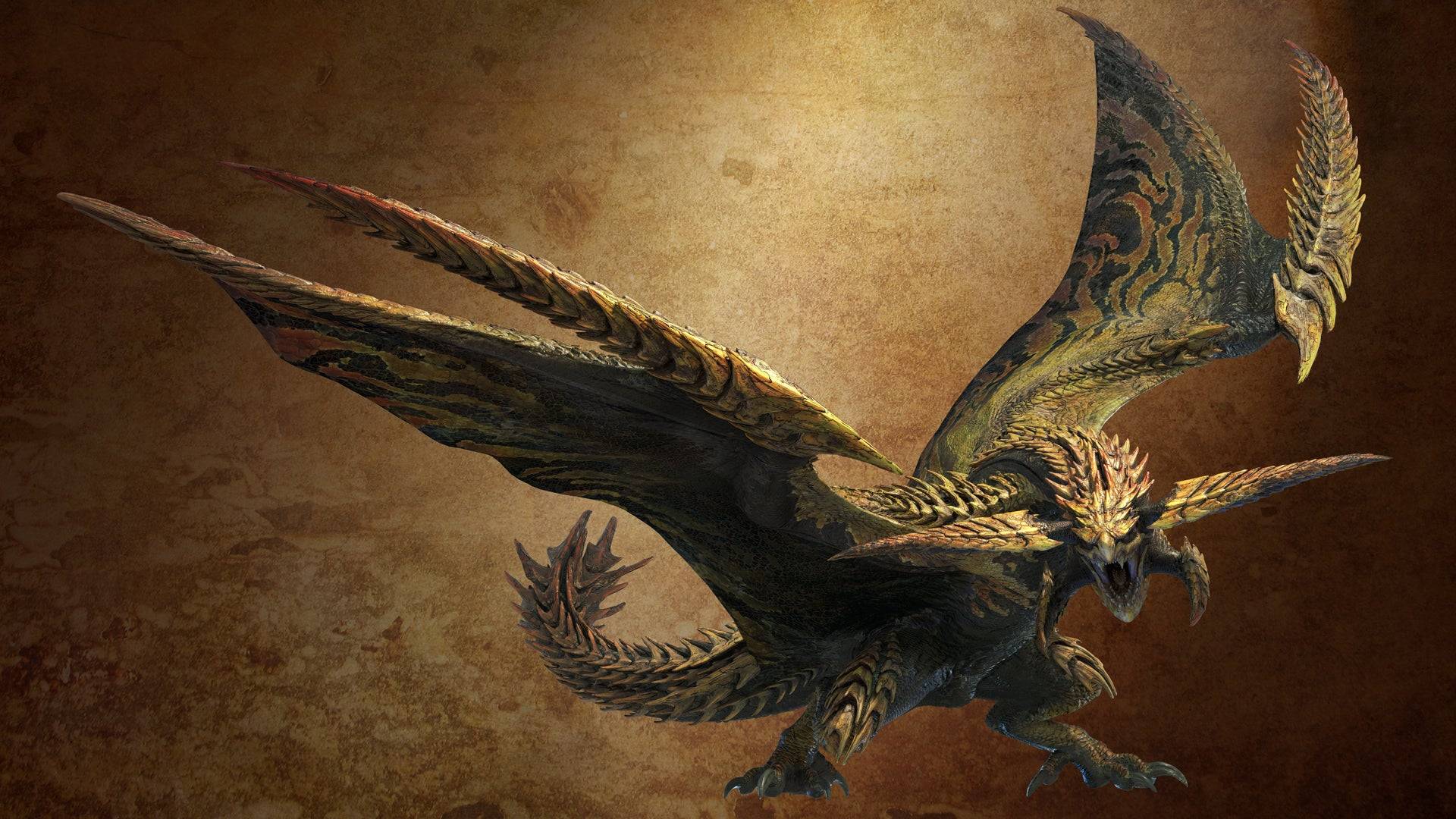
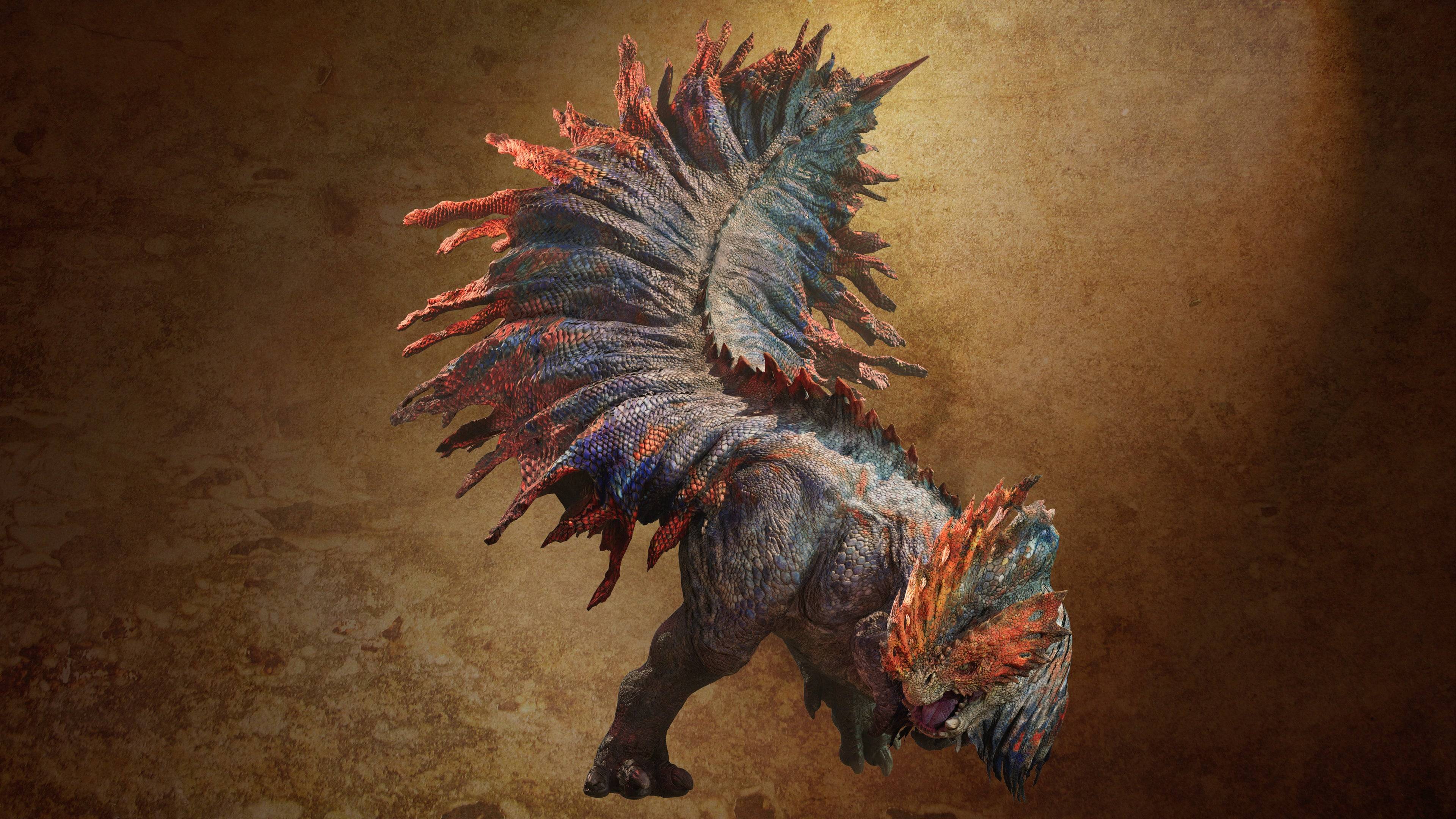
(Note: The image URLs are placeholders and need to be replaced with actual working URLs.)







 LATEST ARTICLES
LATEST ARTICLES 